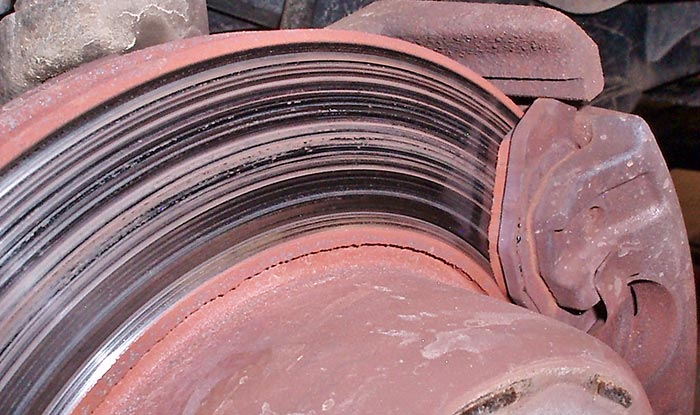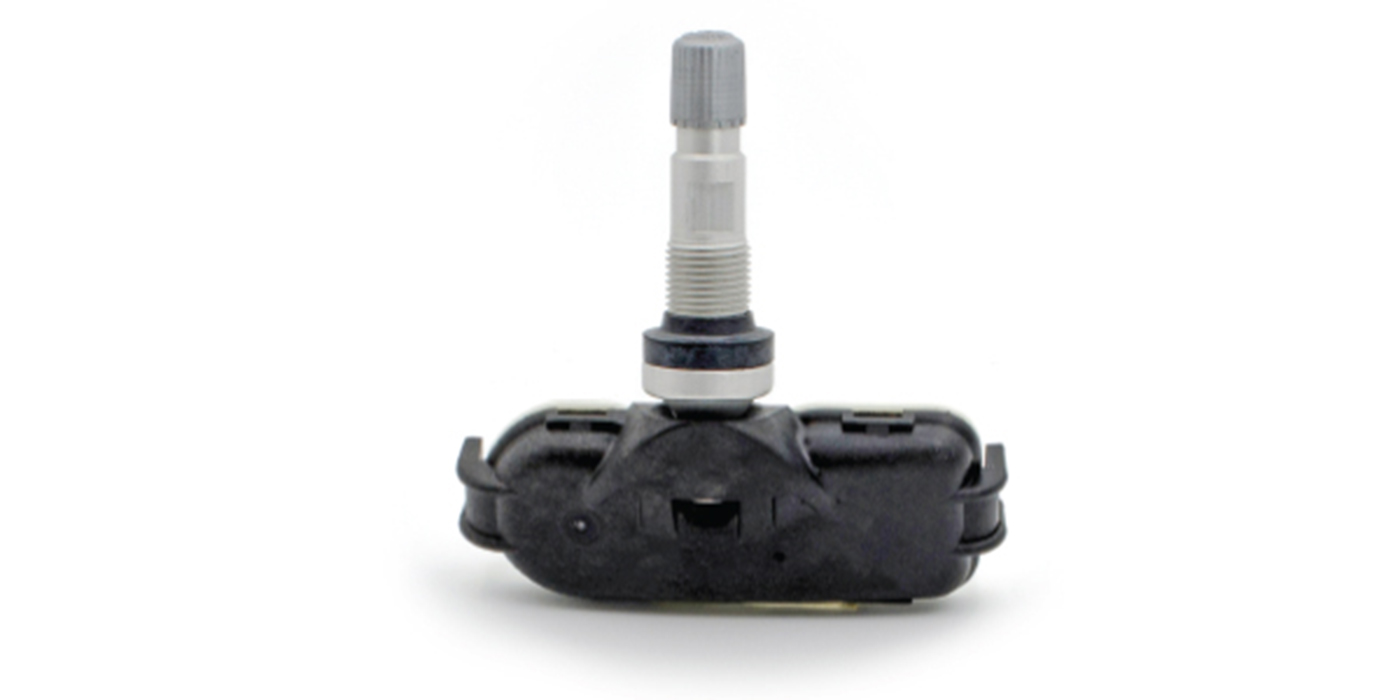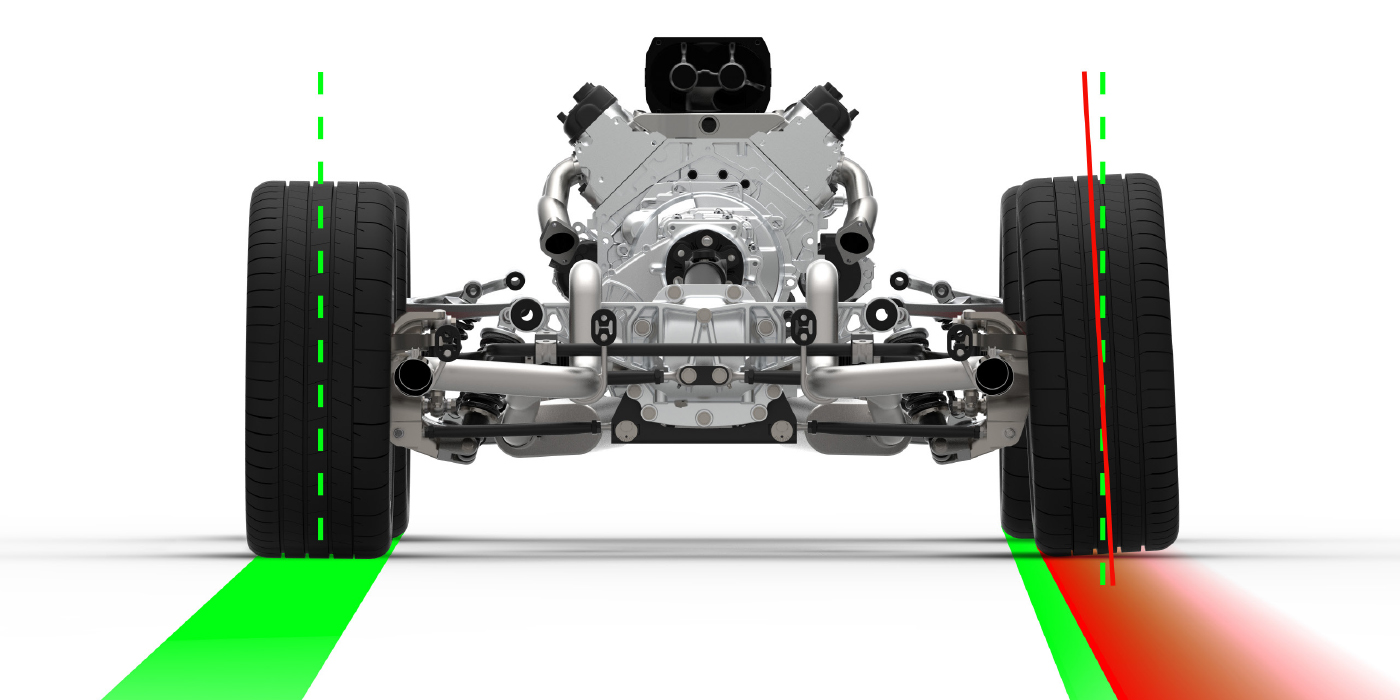When I encounter a flood-damaged vehicle, I’m reminded of the margarine commercial from the 1970s in which Mother Nature is fooled into thinking that the advertised margarine is real butter. This commercial ends in a calamitous display of thunder and lightning, accompanied by the phrase, “It’s not nice to fool Mother Nature.”
While Mother Nature may not like to be fooled, she sure does like to return the favor when it comes to techs who have to deal with flood-damaged vehicles. For example, although minor flooding at intersections often doesn’t cause many problems other than rusted brakes, major flooding can damage most of the mechanical and electrical components found in the engine and passenger compartments.
In the best-case scenario, the repair shop recognizes the many unique mechanical and electrical failures caused by water intrusion. In the worst-case scenario, the shop proceeds with repairs on a piecemeal basis until the exasperated customer literally runs out of money. The key point in any flood-related diagnostic process is to recognize and estimate the extent of the damage as completely as possible before attempting repairs, because when your customer’s insurance company becomes involved, a very comprehensive repair estimate will be required.
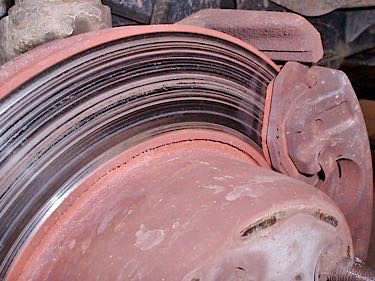
TOO GOOD TO BE TRUE
When the customer unwittingly purchases a flood-damaged vehicle, the damage won’t be covered by insurance. Many years ago, a local plumbing shop brought a one-ton flatbed truck to my shop for a routine oil change. The truck had recently been purchased out of state and with new paint and upholstery, its overall condition appeared “too good to be true.” We nonetheless changed the oil; greased the steering, suspension and driveshaft; and inspected all fluid levels. Unfortunately for us, we never gave the truck’s pristine appearance a second thought.
A few weeks later, the truck’s universal joints and front wheel bearings failed. Then, the pinion gear bearings in the rear drive axle began to make noise. Next, the truck began experiencing a number of intermittent electrical problems. My mechanic, Jimmy, was checking the wiring under the instrument panel for the source of one intermittent electrical failure when he let out a huge groan. When I asked what the problem was, he suggested that I take a look for myself. Taking his flashlight in hand, I looked under the dash and was greeted by an array of under-dash wiring harnesses, switches and accessories that were all coated in the sandy red mud familiar to anyone living in the American Southwest. A few weeks later, the engine began making noise. There was no end in sight as to the extent of the flood damage.
Unfortunately, before I recognized the truck had been inundated by floodwater, it had turned into a bottomless pit of mechanical and electrical failures.
GEOGRAPHY AND FLOOD DAMAGE
Let’s look at how geography affects flood failure patterns. In the western mountain states, flash-flood waters tend to be very sandy and flow downhill very rapidly. Besides a little cosmetic and mechanical damage, many flash-flood vehicles can be recovered providing that the vehicle hasn’t been completely immersed. In many landlocked eastern states, floodwaters tend to be very slow and silt-laden. In metro areas, floodwaters can also be laden with industrial waste, gasoline and backed-up sewage. In either locality, the interiors of the vehicles will be saturated with chemical and organic contaminants that create a very bad odor during warm weather. In coastal areas, floodwaters tend to be salty, which immediately ruins any mechanical or onboard electronic system that the water contacts.
MECHANICAL DAMAGE
Regarding potential drivetrain damage, extreme water intrusion will give engine, transmission and gear oil a chocolate milkshake appearance. The addition of waterborne abrasive particles will result in a prolonged series of mechanical failures. In many instances, a repair shop might attempt to remove water and abrasive materials by flushing and replacing all drivetrain fluids. In most cases, enough abrasive material will remain in the axle housing or transmission case to prematurely wear the bearings. On a more catastrophic scale, water intrusion into an automatic transmission will immediately begin to disintegrate the clutch-pack friction plates. Delicate automatic transmission valve bodies and shift solenoids will also corrode, causing a variety of shifting quality and gear-engagement complaints.
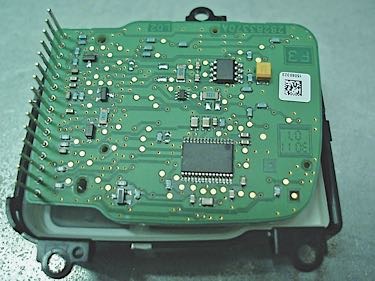
ELECTRONICS DAMAGE
A few years ago, a local shop owner called me to diagnose problems on a late-model, rebadged Asian import with out-of-state license plates. The engine had a cranking, no-start problem and the instrument cluster had failed. When I asked the shop for diagnostic trouble codes, they responded by providing a list of codes from nearly every electronic module in the vehicle. These codes shared nothing in common, which indicated to me that the car might have flood-damaged electronics. Worse still, the owner had recently purchased the vehicle and knew nothing of its previous history.
Using the VIN from the doorpost and dash plaque, my client shop requested the service history of the vehicle from an area dealership. The dealership responded by informing the shop that, according to their records, the VIN had been retired from active service because the vehicle had been “totaled” by floodwater damage.
Estimating electronics damage can be tricky. A brief exposure to freshwater flooding doesn’t necessarily ruin an electronic component, but exposing a module to silt-laden freshwater can cause long-term problems by leaving conductive deposits on module circuit boards. On the other hand, exposure to saltwater corrodes electrical connectors very quickly and deposits highly conductive saltwater directly onto circuit boards. If a module’s electrical connectors exhibit “green” corrosion, the vehicle definitely has suffered long-term exposure to freshwater or short-term exposure to saltwater.
Don’t forget that since most violent storms include a lot of thunder and lightning, it’s entirely possible that a vehicle’s onboard electronics can be ruined by a lightning strike. In some cases, the vehicle will be parked next to a tall metal tower or even next to a tree that attracts lightning. In most cases, the vehicle will have a cranking, no-start problem. The best procedure is to fully inspect the vehicle for evidence of a lightning strike on the radio antennae or other prominent point. Next, poll all modules for communications problems. If multiple modules including the PCM aren’t reporting, the onboard electronics may be damaged. Next, check power and ground connections. If multiple fuses or fusible links are blown, the vehicle could be suffering from a lightning strike.
FLOOD INDICATORS
Before repairing any vehicle with a long list of mechanical and electrical problems, look under the dash, seats, carpet and floorboards for accumulations of mud, corrosion or signs of recent cleaning and detailing. And while you’re at it, look for a water line on the door panels, seats, HVAC housings and underhood parts. If the vehicle’s interior emits a dank, musty odor on hot days, the fibrous materials contained in the upholstery may be saturated with microscopic bits of decaying biomass that can be removed only by replacing those parts.
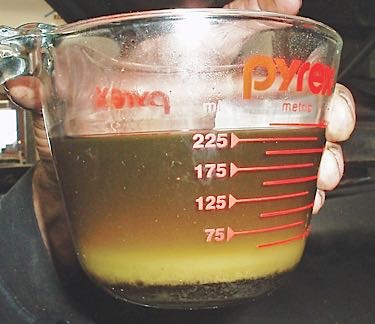
INSPECTING USED VEHICLES
Since the regulations for reclaiming and retitling salvage vehicles vary widely across the U.S., don’t ignore the possibility of a “reconditioned,” flood-damaged vehicle showing up in your service bays. Some flood vehicles can be privately owned and traded in on newer vehicles. In other examples, a flood-damaged vehicle can be cosmetically reconditioned and sold out of state to avoid being branded as a flood vehicle. Others are sold “as is” through a car auction to an unsuspecting used-car dealer.
Because the effects of floodwater are wide-ranging and unpredictable, any flood-related problem can become an open-ended repair. For example, even a few drops of water can corrode the hydraulic valves in the ABS control unit. Similarly, water corrosion in electrical connectors can cause problems with many vital connectors and chassis grounds for air bag, vehicle stability, active braking and other safety-related modules.
The symptoms of major flood damage are generally very obvious. Two rules apply when writing service on a suspected flood vehicle:
1) Peel back the carpet under the seats. If the floorboard under the seat is unusually rusty, the car is probably flood damaged.
2) If the vehicle is developing a history of unusual standalone mechanical and electrical problems, the vehicle very well may be flood damaged. To avoid becoming deeply involved with a bottomless pit of flood-related damage, watch for the imprint of an angry Mother Nature!

